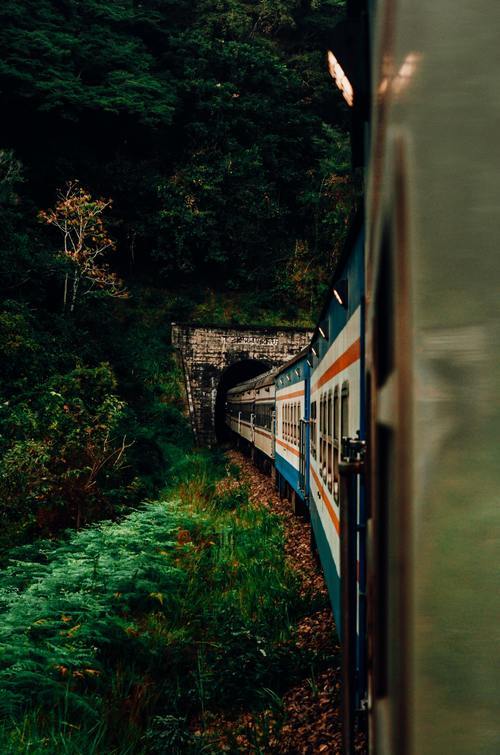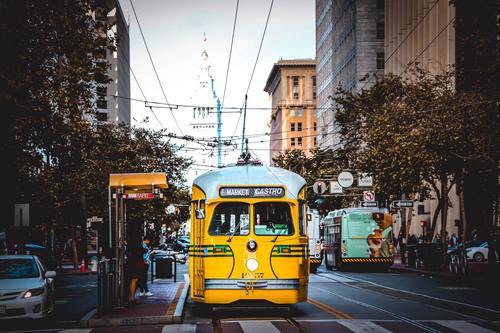Plants on public transportation routes require specialized care. Whether owned by a private citizen or public entity, a plant’s location determines its environment. Public transportation routes, particularly bus routes, may have more emissions in the air than other locations. Each plant has different characteristics. However, whether decorative, seasonal, or perennial, a plant identification app will help determine the best care. Clean air is at the top of the list. For a plant to thrive, it also requires healthy soil, water, and sunlight. Here are four ways to take care of plants located on public transportation routes.

Clean air

Healthy plants thrive when owners use a plant identification app to assist with care in clean air environments. Pollution hurts a plant, hindering its ability to take in carbon dioxide, which is essential for photosynthesis. Government agencies may reduce pollution on public transportation routes by switching to electric bus fleets. Electric fleets reduce CO2 emissions by nearly 50 percent. Another option is to reduce the fleet levels. Both actions result in significant particulate matter and CO2 emission reductions. Reducing air pollution is one way to help plants on public bus routes.
Healthy soil
Healthy soil is essential to plant health. From essential nutrients to micro-organisms, soil is essential for plant roots. By adding mulch on the top layer, a plant owner regulates the soil temperature and smothers weeds. Identify possible cover crops to protect the soil, improving quality of the soil underneath.
Water
Rainwater generally maintains a pH of 5.6. Its natural acidic makeup comes from the carbon dioxide in the atmosphere. However, air pollutants can decrease the pH, causing acid rain. Acid rain damages plants, reducing photosynthesis capabilities. A plant identification app will help a plant owner to determine how much water to use weekly.
Sunlight
CO2 emissions often cause smog. Smog is a for of air pollution. When sunlight hits airborne pollutants, the sun rays form particles in the air, called smog. Intense smog can block 10 to 15 percent of sunlight. For high pollution corridors, such as public transportation routes, pollution is higher than normal, impacting air, soil, water, and sunlight quality. All these elements are essential for plant growth. Therefore, taking steps to reduce pollution by reducing fleets and using electric fleets are crucial to protecting plants located on public transportation routes.
